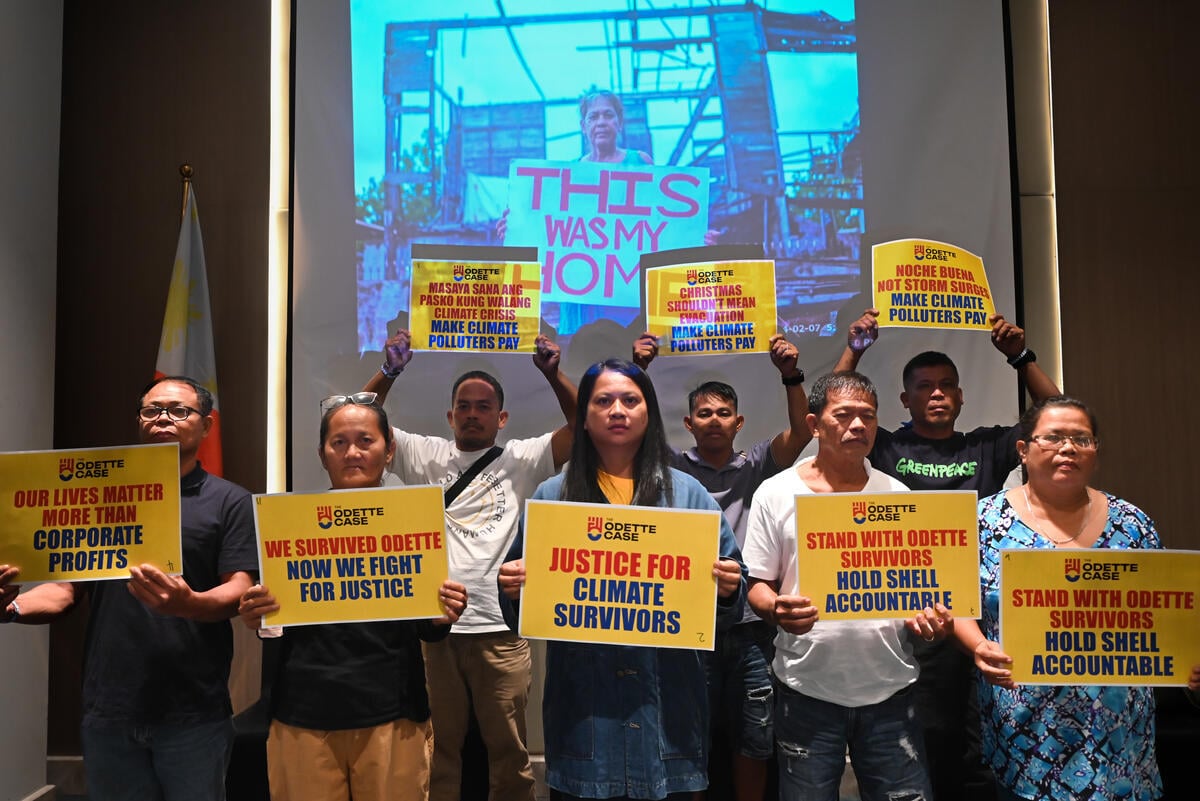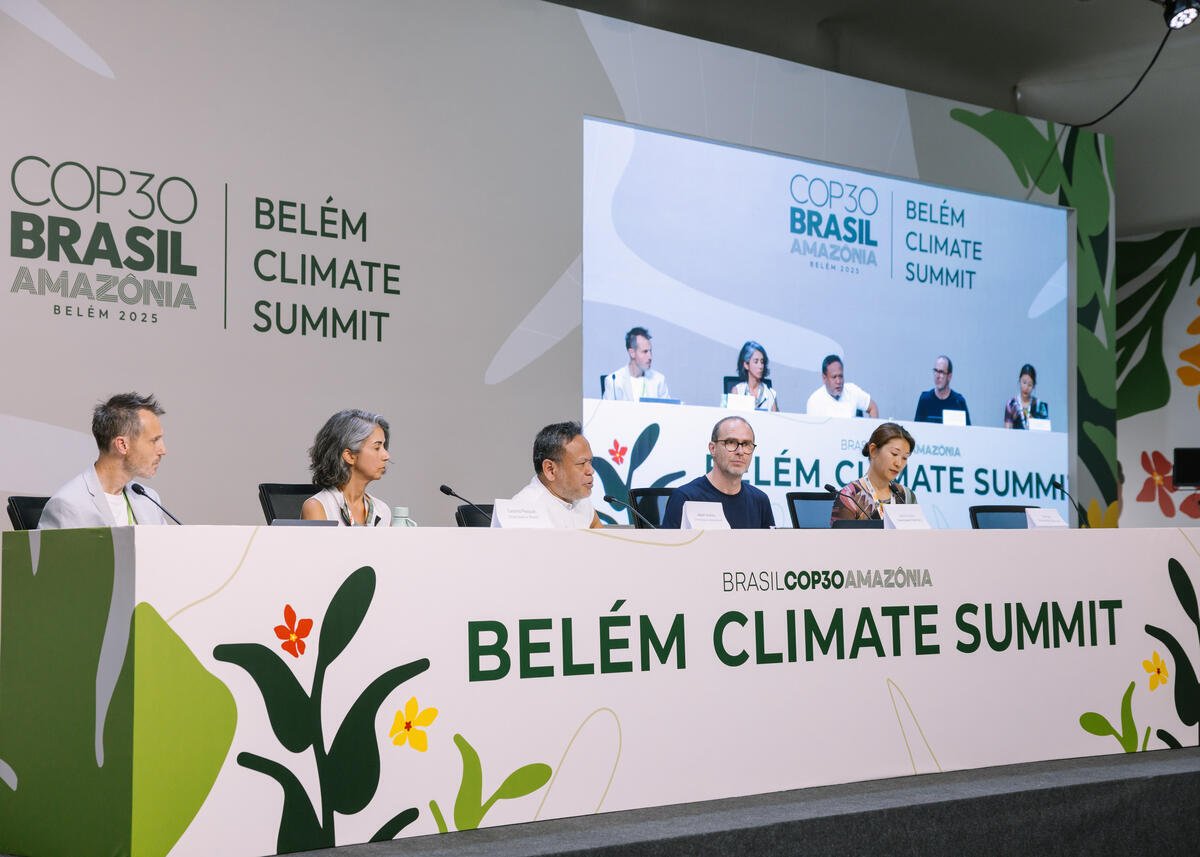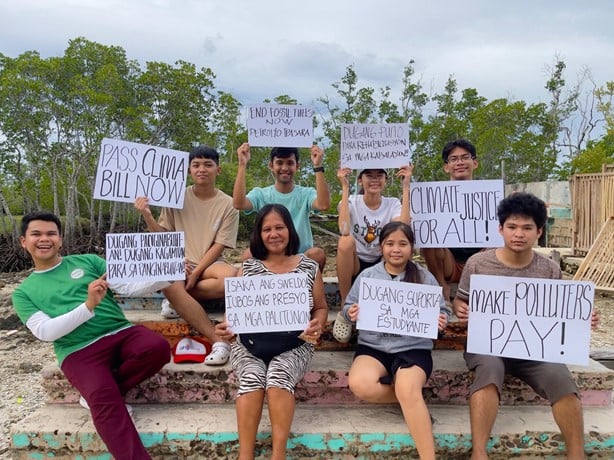Palawan—a place known for its stunning beaches and scenery, attracts thousands of tourists every year. At first glance, this place may seem ordinary to us, but hidden in it are teeming jungles and mangroves, diverse ecosystems, and various historical sites.
However, with the Coron-Culion Bridge project looming, there is a threat of destruction to many of the natural biodiversity, historical sites, and tourist attractions (that is known for their historical shipwreck dive sites) in this area.
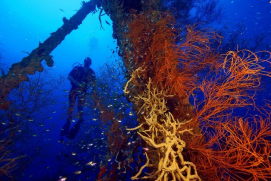
Many of the places in Coron and Culion are special to a lot of its people. This can be attributed to customs, traditions, and beliefs that were instilled in them, around which they built their lives and lifestyles.
Additionally, the proposed 4.2 billion-peso Coron-Culion inter-island bridge project poses several challenges to various communities that are heavily dependent on fisheries and the tourism sector for their livelihood.
Thus, this project has faced criticism and opposition from concerned individuals, indigenous peoples’ (IP) communities, and local environmental organizations. According to STOP Coron Culion Bridge Construction, a non-governmental organization (NGO), the project will impact seven major tourist destinations: Lusong Coral Gardens, Akitsushima, Lusong Gunboat, Morazan Maru, Kogyo Maru, Olympia Maru, and Irako Shipwreck.
It will also affect marine protected areas (MPA) in the Bituan Maine Park and the Bugor Sand Islandas well as ancestral domains that are in the direct vicinity of the construction site. This will cause sediments and byproducts to run through the water and block out sun coverage, resulting in murky waters and coral bleaching. This, in turn, will affect different fisheries communities who rely on this for their income.
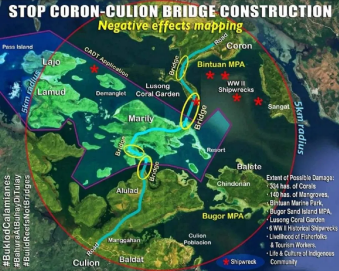
An online petition was launched by concerned individuals and communities, in hopes of halting the project. According to concerned individuals Nicole Tayag and Danica Lopez William, the Department of Public Works and Highways (DPWH) has begun construction of the 1st phase of the project, without undergoing proper channels to secure permits and consulting with the affected communities.
Through the help of various communities such as IP communities in Culion, Environmental Legal Assistance Center (provided legal assistance), Oceana Philippines (initiated roundtable discussion with various stakeholders along with the DPWH), Greenpeace Philippines, and other national government agencies (NEDA and PCSD), the project was temporarily banned until the DPWH was able to provide a feasibility study, Strategic Environmental Plan (SEP) clearance and stakeholder consultation.
Hypothetically, the thought behind the project itself may benefit many people due to the possible ease of access to roads and transportation. However, these communities are questioning the credibility of this project due to the lack of information being disseminated. Many of them now are suggesting to (1) re-route the proposed location of the bridge to avoid the MPAs, (2) look for a more eco-friendly technology to construct the project, or (3) redirect the funds to more pressing issues. Regardless of how things will go, with the help of various communities and government agencies, we only hope that the DPWH will follow the process in accordance with the law.
(Update: As of April 24, 2021, there has been a report of DPWH violating the temporary suspension of the project despite Palawan being placed in a hard lockdown.)
Jia Zhen Hong is a student from De La Salle-College of Saint Benilde (DLS-CSB). She enjoys connecting with people and sharing her thoughts about current issues in local and global affairs, and little-known facts.
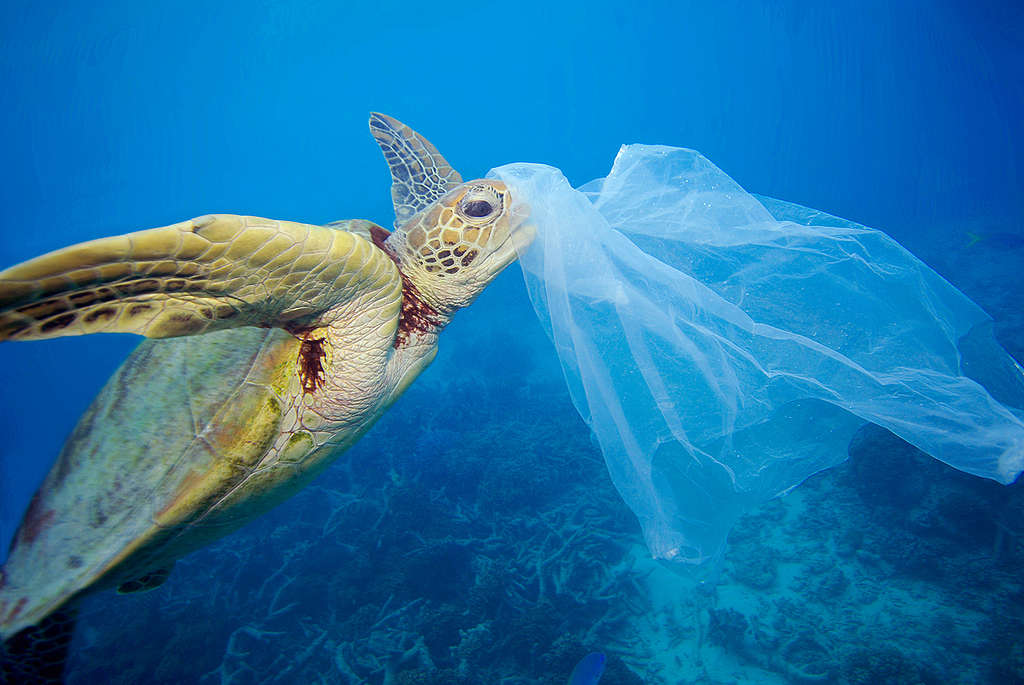
The ocean is under attack from all sides and it needs our help to protect it!
TAKE ACTION
